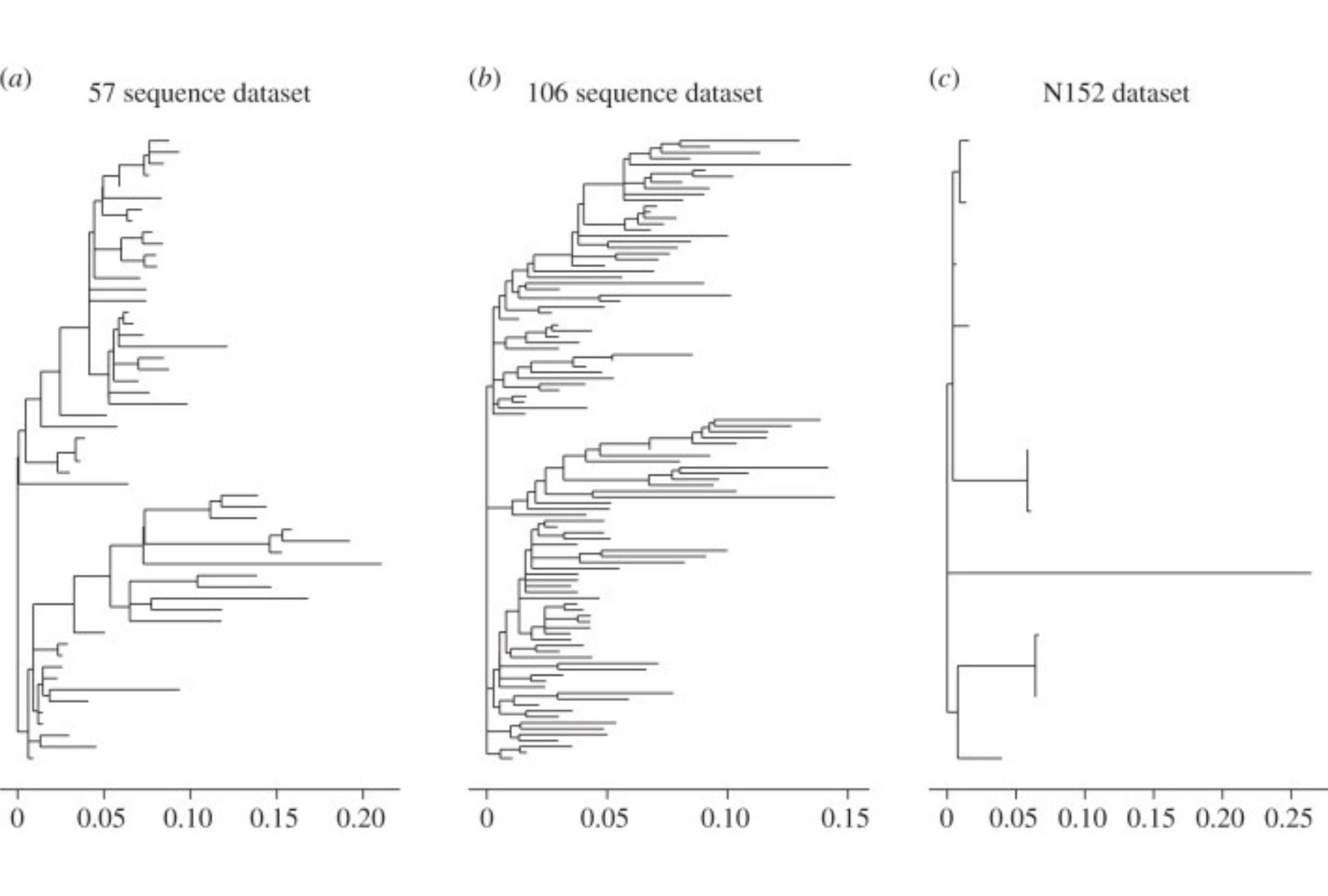
Antibody Repertoire in Health & Disease
B lymphocytes produce antibodies that augment host defenses via their capability to recognize infectious agents, toxins, and other virulence factors with great specificity and high affinity. The adaptive immune system is remarkable; a limited repertoire of germ-line precursor genes can be recombined to produce antibodies with virtually any binding specificity. Therefore, antibodies play central roles in the defense from external threats that include bacteria and viruses. In turn, microbial pathogens have developed virulence factors that subvert host defenses by targeting secreted antibodies and their membrane-associated forms (such as B-cell receptors, BCR).
In autoimmune diseases, such as systemic lupus erythematosus (SLE), high levels of circulating autoantibodies are a hallmark of the disease, and animal models have confirmed that disease and premature death occur only after the skewing of the B-cell repertoire toward autoreactivity. While the pathophysiology of SLE is complex, there is overwhelming evidence that pathogenic autoantibodies are largely responsible for organ damage, particularly renal disease which is the primary cause of disability and death. We are investigating antibody responses in the gut and the periphery in both human and murine systems to better understand the initiators and drivers of this autoimmune disease.
